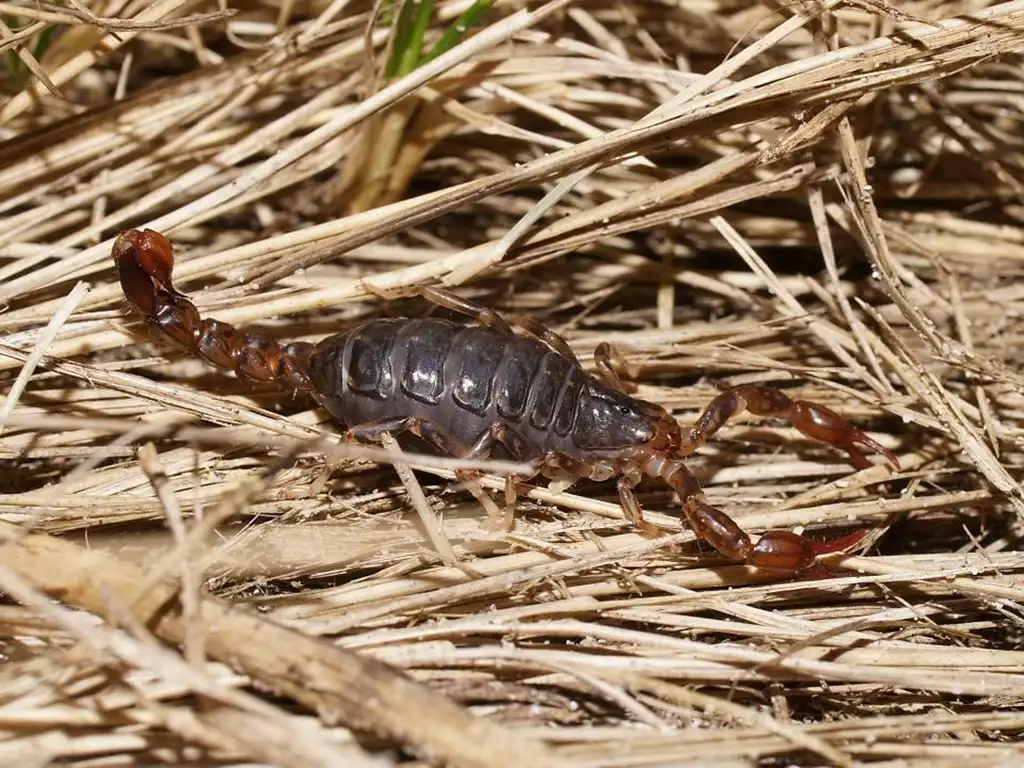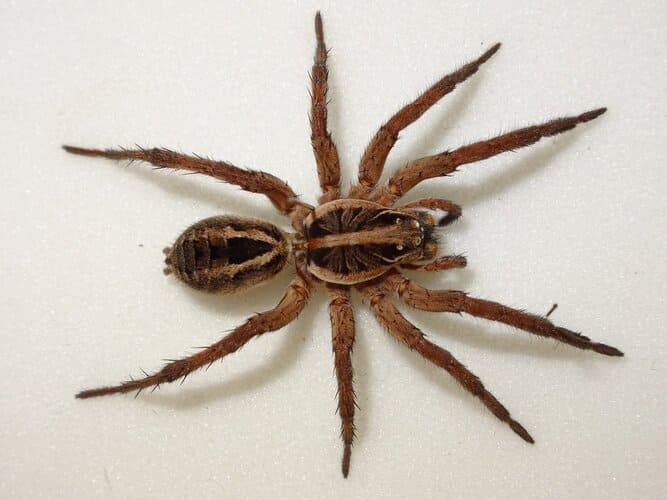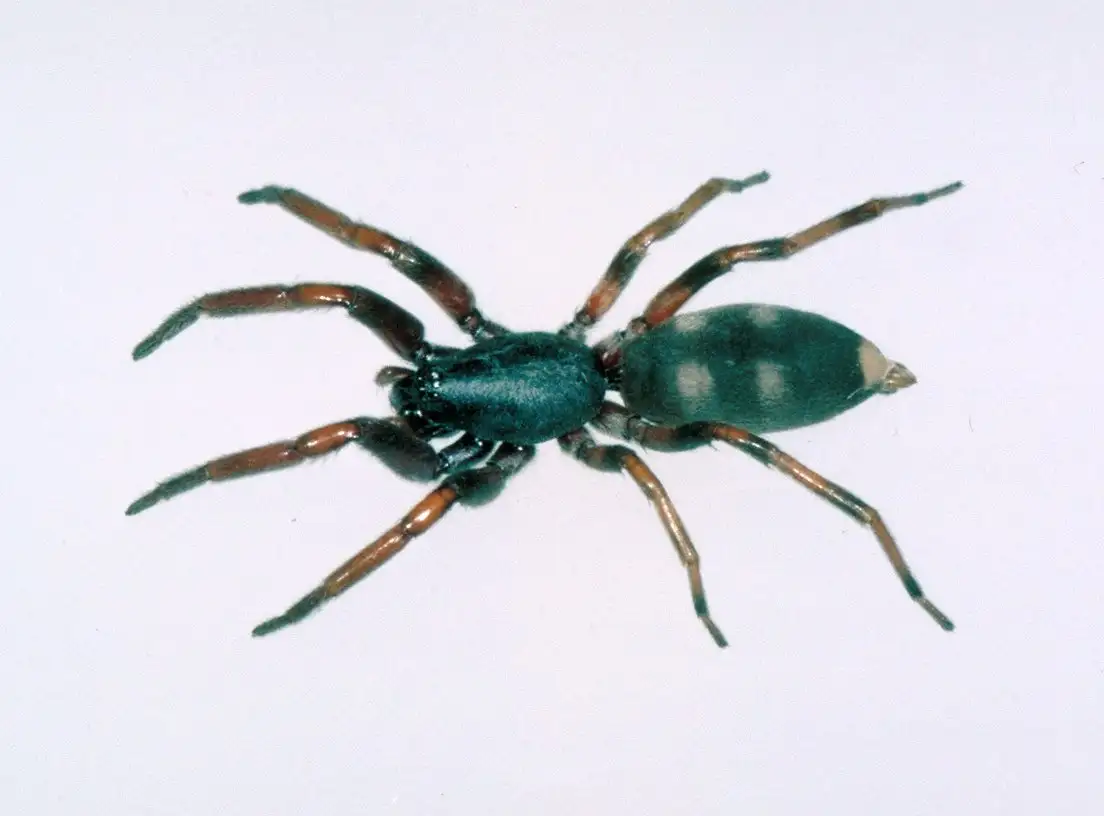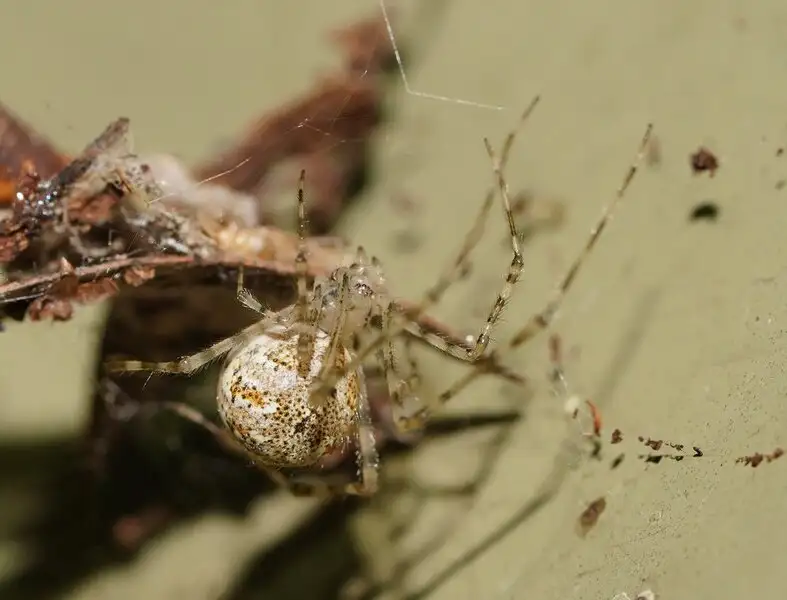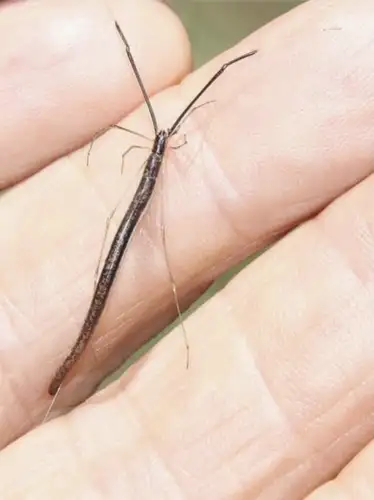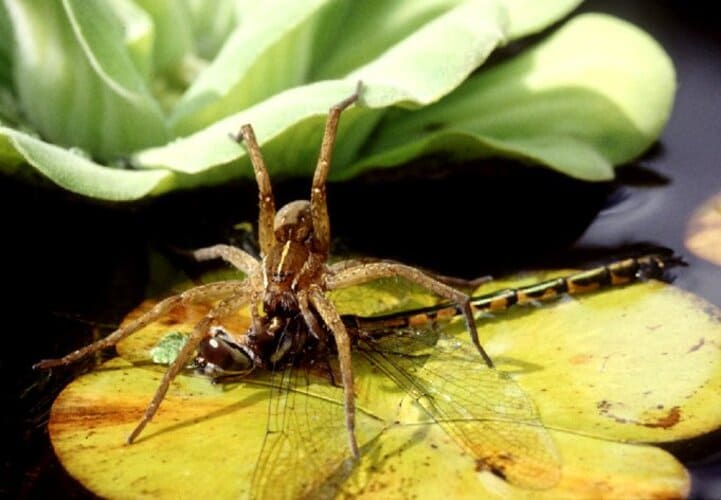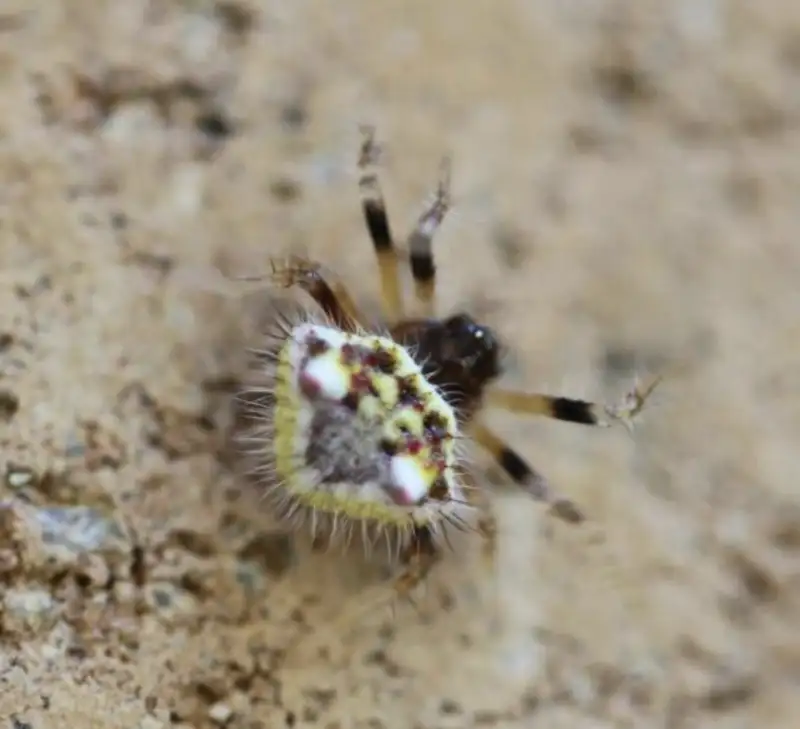Danaus plexippus
IUCN
LCBasic Information
Scientific classification
- name:Danaus plexippus
- Scientific Name:Danaus plexippus,Great Birch Butterfly, Monarch Butterfly, Monarch Butterfly, Black-veined Birch Butterfly, Monarch Butterfly
- Outline:Arthropoda
- Family:Lepidoptera Nymphalidae G.Pandora
Vital signs
- length:Wings open 8-10 cm
- Weight:About 1g
- lifetime:7 days - 6 months
Feature
Known as the most beautiful butterfly in the world, it is the only migratory butterfly on earth.
Distribution and Habitat
The range is wide, from southern Canada throughout the United States to Central and South America. In the 19th century, probably mainly due to human traffic, the species was also found on several Pacific islands as well as in Australia, Indonesia, the Canary Islands and Spain. In addition, wanderers have been reported in western Europe and as far away as the British Isles. There are two best-known populations, one is a migratory population in western and eastern North America, which migrates long distances between British Columbia, Canada and California, USA, and from southern Canada to the eastern United States to central Mexico. Other populations are resident year-round but may make seasonal movements locally.
The monarch butterfly lives in a variety of temperate and tropical open habitats. Since both the adult and larval stages rely on milkweed species for food, it is usually found in locations such as fields, meadows, weedy areas, marshes and roadsides, where these plants are co
Appearance
The monarch butterfly is a medium-sized butterfly with gorgeous colors. The wingspan is 8.6-12.4 cm. There is no difference between the sexes. There are bright orange and black markings on the front of the front and back wings. The main body of the wings is yellow-brown orange, with black veins and edges, and two strings of thin white spots on the edges. The antennae are slender and about one-third the length of the front wings. The abdomen is short, the underside of the wings is brown, with stripes and rows of eye spots, but the eyes are hairless. The male forefoot tarsus is hairy, and the hind wings are open in the middle.
The front of the monarch butterfly is similar to the underside, the main body of the underside is light yellow, the wing veins and edges are black like the front, and the white spots on the underside are larger than those on the front. There are some orange spots near the proximal part of the forewings, and the color of the forewings is darker than that of the h
Details
The Monarch Butterfly (scientific name: Danaus plexippus) is a large butterfly that is very common in North America. In Australia, this butterfly is called the Wanderer Bufferfly, which is also a very common butterfly. There are 2 subspecies.
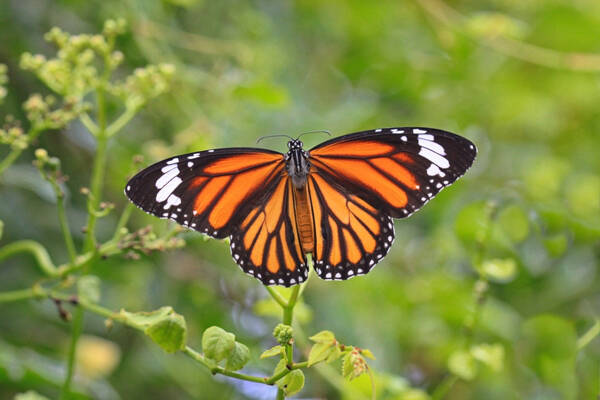
The Monarch Butterfly is probably the most well-known butterfly in the world. There are two reasons: one is that the monarch butterfly is very beautiful and is known as the most beautiful butterfly in the world. The other is that the monarch butterfly is the only migratory butterfly. They fly thousands of kilometers every year to avoid the severe cold in North America. This habit is unique among insects.
Monarch Butterfly is active during the day and flies agilely. Like other Lepidoptera insects, it also undergoes complete metamorphosis. It is the only migratory butterfly on earth. In summer, they complete the entire life cycle from hatching to metamorphosis to reproduction and death in 2-5 weeks. However, the last summer generation has a much longer lifespan. In the fall, they begin to migrate southward from their breeding grounds to their wintering grounds, which can be as close as 130 km and as far as 5,000 km. These butterflies have a breeding range of more than 100 million hectares, concentrated in forests covering less than 20 hectares. In forested areas, they form the largest aggregations of a single species, with millions of individuals congregating in the trees where they roost. For most of the winter, the butterflies remain relatively inactive, occasionally taking in water and nectar on warm days, but as spring approaches, many begin to mate and then return to their breeding grounds in the north. Females lay eggs during the journey, and although most die before reaching their original breeding grounds during the winter, the new generation then becomes adults and they continue to move north, thus recolonizing the entire North American breeding range. This two-way north-south migration is unique among butterflies and moths.
Monarch butterflies feed on milkweed plants, which contain a high concentration of a chemical substance called cardiac glycosides (also called carnosyl lactones), which causes the monarch butterfly to accumulate this toxic substance in its body, which protects the monarch butterfly from certain predators. In addition, the colorful colors of the monarch butterfly also serve as a warning to predators. Their bright colors and the high height of their wings indicate that they are unpalatable. This phenomenon is called a warning effect. This protective mechanism is called "Batesian mimicry". Adults feed on nectar or the juice of rotten fruits.
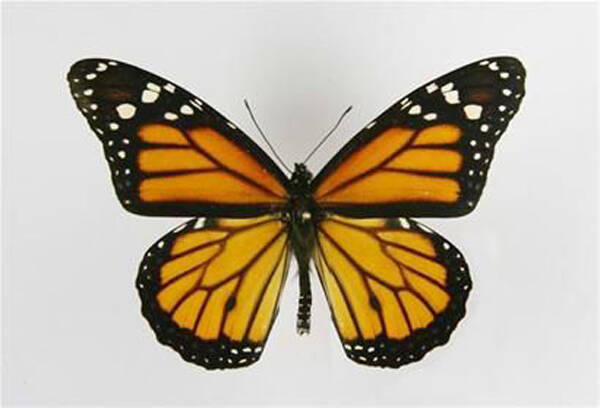
Monarchs born in early summer live less than two months, but they migrate much longer than that. The last generation born in the summer goes into dormancy and can live for more than seven months. During dormancy, they migrate to one of their wintering grounds. The overwintering generation generally does not reproduce, and will only reproduce when they leave in February or March. The Rocky Mountain population migrates north to Texas and Oklahoma in the spring. Those returning to their native ranges in the United States and Canada are second, third, or fourth generation monarchs.
Monarchs mate when they leave their wintering grounds in the spring. Once they arrive at their breeding grounds, females lay eggs on milkweed host plants. The egg and larval stages are temperature dependent and last about two weeks. At the end of this period, the larvae enter the pupation stage, and the adult butterfly emerges 9-15 days later. Their courtship involves two stages: While in the air, the male butterfly will pursue, nudge and capture the female butterfly. Mating occurs only on the ground, when the male butterfly passes the spermatophore to the female butterfly. The spermatophore and sperm provide the female butterfly with energy to help reproduce and migrate. In the summer territory, which includes most of North America, the monarch butterfly will mate seven times. Each butterfly lives 2-6 weeks. The life cycle of the monarch butterfly is a complete metamorphosis, that is, it goes through four stages in its life: egg, larva, pupa, and adult.
The monarch butterfly begins to reproduce and lay eggs in the spring and summer after migrating to the summer territory. The female butterfly lays its eggs on the milkweed plant. The eggs are generally hemispherical and creamy white, turning pale yellow after a period of time. They have a waxy shell on the surface to prevent water evaporation, and a small hole at one end, which is the passage for sperm to enter. The adult will lay eggs on its host plant or buds, that is, the plants that the monarch larvae will feed on, to prepare a suitable place for the larvae to grow. It takes 3-15 days for the eggs to hatch into larvae. The larvae feed on milkweed for about two weeks. At the end of the two weeks, they attach themselves to the branches, shed their outer skin and become pupae.
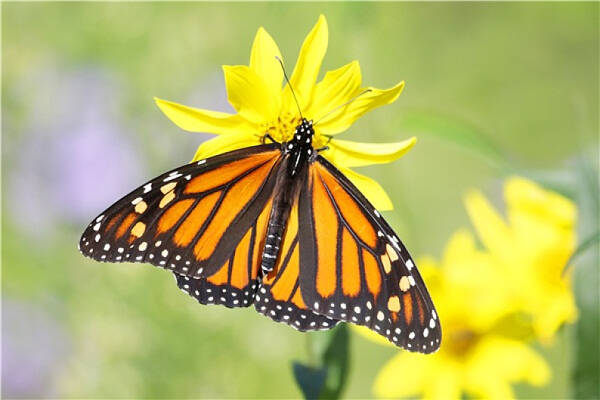
The monarch butterfly larvae are caterpillars. After hatching, the caterpillars will eat egg shells, milkweed and carbenolides. At this stage, they will store energy as fat and nutrients to survive the pupal stage when they do not eat or drink. In the caterpillar stage, they will store energy as fat and nutrients to survive the pupal stage when they do not eat or drink. As the larvae grow, they generally molt 4-6 times. Each time the larvae shed their skin, they become one instar and eat the old outer shell. When the monarch butterfly larvae are fully grown, they stop eating and crawl around looking for a suitable place to pupate. The pupae of butterflies in the family Nymphalidae are suspended from the head to the tail, which is called a hanging pupa. They stretch their bodies to measure whether there is enough space around them to spread their wings smoothly when they break out of the pupa. When a place to pupate is found, the monarch butterfly will spin silk there and fix the end of its body on the silk. The monarch butterfly larvae will pupate in a hidden place on the back of the leaf, and then gradually harden and become a pre-pupa. After about a day, the pre-pupa sheds the larval skin, revealing the butterfly chrysalis. The larvae's organs in the pupa will gradually decompose and then re-form into the body of the monarch butterfly. In the pupal stage, the caterpillar will spin silk on branches or leaves, etc., and use its last abdominal legs to hang the entire pupa. It will hang upside down in a J shape and begin to shed its shell, wrapping itself with a green exoskeleton. At this time, there will be hormone changes to metamorphose the butterfly. The pupa will turn darker (actually it starts to turn transparent) the day before it breaks out, and the black and orange wings of the monarch butterfly can be seen inside. This stage takes about two weeks.
When the adult monarch butterfly matures, it will break out of the pupa along the head and thorax, break out of the pupa and continue to hang in the broken pupa for several hours until its wings dry. The wings of the newly emerged butterfly are wrinkled and the abdomen is swollen. At this time, the butterfly cannot avoid natural enemies. After the wings are spread, the monarch butterfly can fly, and the front and back wings of the monarch butterfly flap asynchronously.
In September 2009, scientists worked tirelessly to understand the mechanism of large-scale long-distance migration of monarch butterflies. The study showed that the biological clock that guides their migration exists on their antennae. The monarch butterflies in North America use the sun and the earth's magnetic field as navigation tools to complete long-distance migrations of thousands of kilometers. Every year, they fly from the southern United States and Canada to the Michoacan Mountains in central Mexico to overwinter, and the migration distance reaches thousands of kilometers. For a long time, scientists believed that this insect used a "sun compass" in the brain for navigation, but they observed that even in severe gloomy weather, they can still navigate correctly, which means that they also rely on the earth's magnetic field for navigation. Biologists in Massachusetts, USA, pointed out that there is evidence that the monarch butterfly is the first long-distance migratory insect discovered so far to use the earth's magnetic field for navigation. They placed the monarch butterfly in a flight simulator surrounded by different artificial magnetic fields to test the insect's sense of direction.
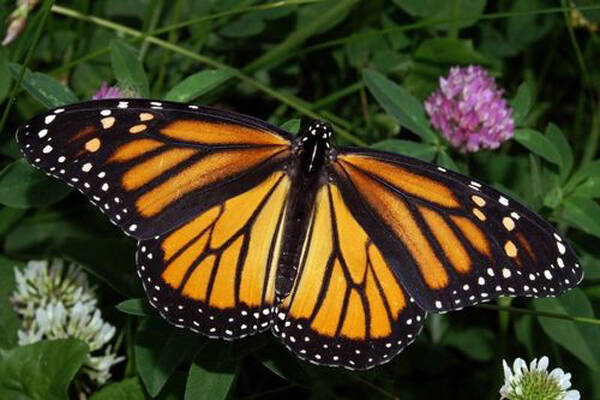
Monarch butterflies contain carbenoids, but they are mainly concentrated in the abdomen and wings. So some predators will tear these parts apart and eat other parts. In North America, larvae or adults of Harmonia axyridis will eat the eggs or newly born larvae of monarch butterflies. Monarch butterflies in Hawaii have only low levels of carbenolides, and some birds can tolerate the toxins. The black-throated red-rumped bulbul and the red-eared bulbul will eat monarch larvae and pupae, as well as resting adults.
The monarch is parasitized by a parasitic fly. The larvae continue to molt and hang themselves, but die before they become pupae. A species of Micrococcus, Micrococcus flacidifex danai, also affects the larvae and causes death. Pseudomonas aeruginosa, although not invasive, can cause secondary infections in monarch butterflies. A protozoan called Ophryocystis elektroscirrha is another parasite of the monarch. It infects the subcutaneous tissue and spreads as spores that develop during the pupal stage. The spores are found throughout the body of the infected monarch, with most of them concentrated in the abdomen. These spores are wiped off when the female butterfly lays eggs, and the caterpillars that are born will eat them and become infected. Severely infected bodies will become weak, unable to spread their wings and have a shorter lifespan. Infections can still occur after several generations.
Since 2006, due to deforestation and the extensive use of pesticides and fertilizers in Mexico, the wintering homes and larval growth environment of the monarch butterfly have been destroyed, directly causing the population of the monarch butterfly to continue to decline. In the winter of 2012, the number of monarch butterflies in central Mexico dropped by 59%, ushering in the sixth peak of the species' decline in the past seven years. Scientists believe that these butterflies have long traveled between Mexico and North America, using Mexico as a hiding place and flying to North America to find food and lay eggs. This reduction in the number of butterflies is consistent with the alien species.

